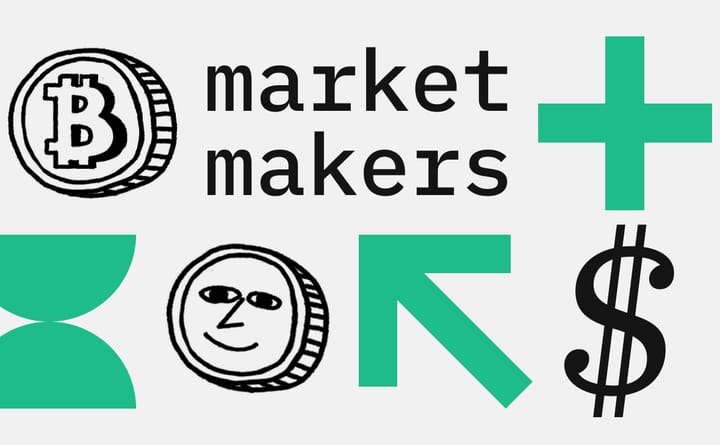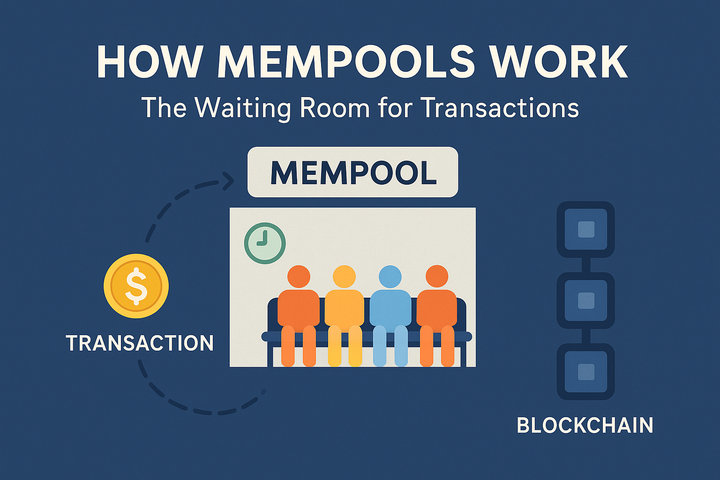BITCOIN: The Digital Gold
Everyone’s Suddenly Treating Bitcoin Like Digital Gold

“At first, they said it was just internet money. Now it’s being treated like a national treasure.”
The Evolution of Bitcoin
Something big is happening in crypto right now.
Bitcoin recently crossed the $105K mark again.
But this time, it’s not just hype driving the rally, it’s government policies, big money managers, and public companies making bold moves.
Bitcoin isn’t just a “digital asset” anymore.
It’s becoming a strategic reserve, the kind of thing governments store like gold, and companies use to protect their future.
I’ll be revealing what’s really going on, and why it matters not just for price watchers but for the entire DeFi and crypto world.
The U.S. Government Is Holding Bitcoin On Purpose
In March 2025, something that used to sound like a conspiracy theory became reality: the U.S. Treasury officially started keeping seized Bitcoin in a strategic reserve fund.
Here’s what that means:
- The government isn’t selling off confiscated crypto.
- They’re holding it, just like they hold gold or foreign currencies.
- It’s part of a national strategy now.
For years, Bitcoin was seen as risky, speculative, even criminal. Now, it's becoming a part of national financial planning.
Other countries, such as El Salvador, Argentina, and the UAE, are doing the same, using Bitcoin to hedge against inflation, currency instability, and political risk.
Companies Are Stacking Bitcoin Too, Not Just Crypto Companies
You’ve heard of MicroStrategy, right?
The company that turned its treasury into a Bitcoin vault.
Well, that strategy is going mainstream.
In 2025, more companies from energy startups to software firms are adding Bitcoin to their balance sheets.
Why?
- To protect against inflation
- To diversify their assets
- To signal innovation and strength to investors
Big money players like BlackRock, Fidelity, and Franklin Templeton are pushing this forward with over $60 billion invested through Bitcoin ETFs.
These are some of the most conservative institutions in finance and they’re all buying in.
Why Bitcoin Is Becoming DeFi’s New Foundation
For a long time, Ethereum was the backbone of DeFi.
All the major protocols like Uniswap, Aave, and Curve were built around ETH.
Ethereum made smart contracts work and DeFi exploded.
But Ethereum has a challenge.
Its price is volatile, and its gas fees are still high at times. This makes it hard to use as a true “reserve” asset.
Now, Bitcoin is starting to fill that gap. It’s:
- More stable (relatively speaking)
- More recognized globally
- And now programmable, thanks to new tech
How?
1. Bitcoin Can Now Power DeFi
A few years ago, you couldn’t do much with Bitcoin in DeFi.
Now, that’s changing fast.
Protocols like:
- Stacks (smart contracts on Bitcoin),
- Babylon (staking BTC to secure other chains), and
- Thorchain (BTC swaps without wrapping)
…are making Bitcoin usable.
You can lend it, stake it, and earn yield all while keeping control of your Bitcoin.
This means that BTC is no longer just a “store of value.” It’s programmable collateral.
2. BTC-Backed Stablecoins and Yield Products Are Taking Off
One of DeFi’s big problems has always been dependence on fiat-backed stablecoins like USDT and USDC.
But what if stablecoins were backed by Bitcoin instead?
That’s already happening:
- Protocols across Cosmos and Polkadot are exploring BTC-backed stablecoins.
- Projects are building BTC vaults that generate real yield.
- BTC is being used as a reserve in cross-chain lending markets.
These products don’t just look good on paper.
They’re offering new ways to use Bitcoin to earn, borrow, and interact across ecosystems, without going through traditional banks or stablecoin issuers.
Why This All Matters (Even if You’re Not a Bitcoin Maxi)
This isn’t just another price pump.
Bitcoin’s new role could reshape the foundation of crypto itself.
➤ For Governments
It’s a hedge. A digital gold reserve. A way to step outside of U.S. dollar dominance without going full-on rogue.
➤ For Companies
It’s a smart treasury move a signal of future-proofing and stability in a volatile macro environment.
➤ For DeFi
It’s a base-layer trust asset, less volatile than altcoins, more recognized than ETH, and increasingly usable in smart contracts.
What It Means for the Future of DeFi
Here’s how the DeFi stack is changing:
Old Stack (2020–2022):
ETH → Stablecoins (USDT, USDC) → Lending → DeFi tokens.
New Stack (2025+):
BTC → BTC-backed stable assets → Cross-chain lending → Modular DeFi protocols.
DeFi is growing up.
It’s becoming multi-chain, multi-collateral, and more resilient.
And Bitcoin is no longer on the outside looking, it’s becoming the foundation.
What You Watch For.
If you’re in Web3 as a builder, investor, or writer here are the things to keep an eye on next:
- Bitcoin-native DeFi protocols like Babylon, Stacks, and Thorchain.
- BTC-backed stablecoins and lending platforms are emerging across L2s.
- Regulatory frameworks for BTC reserves (both in nations and corporate governance).
- Interoperability tools that connect BTC to DeFi ecosystems safely.
- Narratives: how BTC evolves from “HODL asset” to yield-bearing digital bond.
Conclusion
Bitcoin’s narrative has matured.
- It’s no longer about moon shots.
- It’s not just about libertarian dreams.
- It’s becoming infrastructure.
This is a Bitcoin that governments want to hold, companies want to adopt, and DeFi intends to build on.
That’s not just bullish, it’s foundational.
That's all on Bitcoin, and I encourage you to check out other important articles on Mitosis.
Here are a few to check out:
Check all and stay updated with mitosis university.



Comments ()